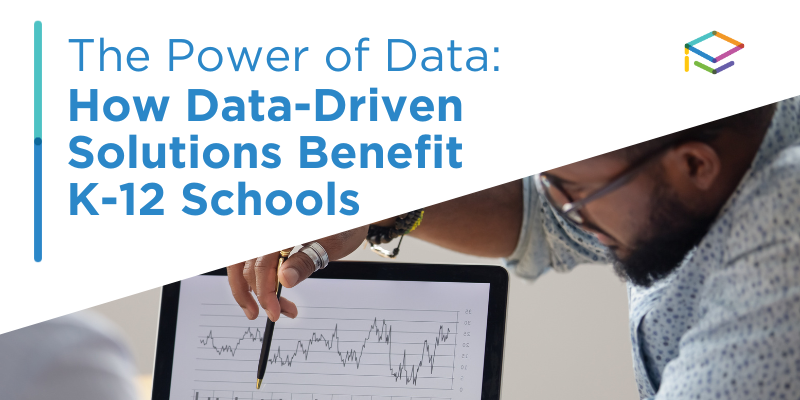Written by Amanda Bohlmann, Marketing Campaign Manager, FACTS, abohlmann@factsmgt.com.
In the digital age, data has become the backbone of decision-making and progress across various sectors, and education is no exception. As part of the edtech industry, the team at FACTS is constantly looking at how data can shape education and, most importantly, how we can use it to help schools and students. Whether you’ve got tons of data on hand that you don’t know what to do with or are looking for new solutions for your school to provide you with better data, here are some of the top ways that data – and great tools that provide great data – can benefit your school:
Personalized Learning
One of the most significant benefits of investing in data-driven solutions is the ability to tailor education to individual students. Every child is unique, and the right data can help to reveal their different strengths, weaknesses, and learning styles. This allows teachers to adjust their teaching methods and materials accordingly, creating personalized learning plans that help students reach their full potential.
Assessment and Feedback
Effective assessment and feedback are essential for student development. Strong data leads to detailed assessment tools, many of which may be built directly into your tech solutions. With strong assessment tools in place, educators can evaluate student progress regularly and continuously provide feedback to support students in improving their understanding.
Student and Teacher Performance
While data is important to evaluating student performance, it can also be used for evaluating teachers’ strengths and weaknesses. Data on teacher performance can help identify areas for professional development like personalized teacher coaching in the areas that would most benefit them. For students, data gives them (and their families) a better understanding of their academic progress, showing how they’re improving over time and leading to improved motivation and engagement.
Resource Allocation
Schools often have limited resources, including budgets, time, and manpower. Data-driven software helps schools optimize the allocation of these resources. By analyzing data on student performance and the effectiveness of various programs, schools can determine which areas require more attention and resources. This ensures that resources are invested where they will have the greatest impact, ultimately benefiting the students.
Early Intervention
Early intervention is crucial in addressing academic and behavioral issues in students. With the help of data, schools can identify students who are struggling in various subjects or exhibiting behavioral concerns. Early detection allows educators to provide the necessary support, whether through counseling, instructional services, or other interventions to prevent issues from escalating.
Parental Involvement
Data-driven tools can be the key to increasing parental understanding and involvement in a child’s education. Invest in a solution that offers parents real-time information about their child’s performance, attendance, and behavior. This transparency promotes a strong partnership between parents and schools, ensuring that parents can actively support their child’s education and quickly address any issues that arise.
Accountability and Transparency
In today’s educational landscape, accountability and transparency are paramount. Schools are accountable to students, parents, and communities for their performance. Data-driven solutions allow for the collection and presentation of data on student achievement, graduation rates, attendance, and more. This information can be made available to the public, fostering transparency and trust in the school.
Long-Term Planning
Effective long-term planning is essential for the success of K-12 schools. Data helps schools forecast future enrollment, plan for the allocation of resources, and identify trends and challenges. By making data-informed decisions, schools can set clear, achievable goals and develop strategies to meet them.
Investing in data-driven solutions is no longer a luxury for K-12 schools. In today’s rapidly evolving educational landscape, it’s a necessity. Schools that embrace data-driven decision-making are better equipped to tackle the challenges of the future and provide exceptional educational experiences to their students. To see practical applications of how data is shaping school solutions, explore the FACTS product suite.

